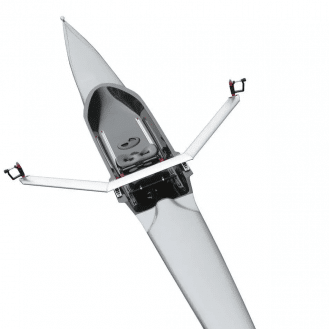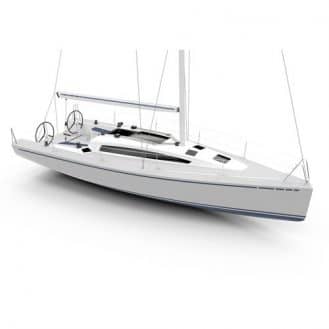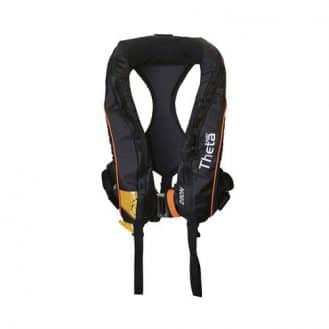Boat trailers allow boats to be transported on land launched into the water. The use of a boat trailer is subject to regulations specific to the payload of the trailer and the towing vehicle.
Motor boat trailers are equipped with rollers that make it easier to get in and out of the water. Direct launching or reloading of the boat is possible by backing the trailer far enough into the water that the trailer rollers are flush with the water. A winch mounted at the front of the trailer is used to control the descent or hoist the boat on the trailer. Some trailers are also tiltable.
Sailboat trailers are equipped with an adjustable cradle and a keel support. Launching sailboats with a keel that is not fully retractable can only be done with the help of a crane.
Storing your boat on a trailer saves money on marina slip fees and bottom paint repairs. However, boats sitting for long periods of time on a trailer can develop slight divots where the weight is resting. While this can happen on both bunk and roller trailers, it occurs more frequently with roller ones.







